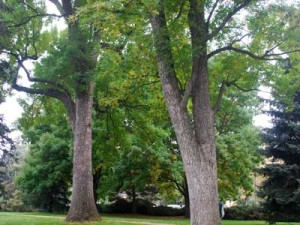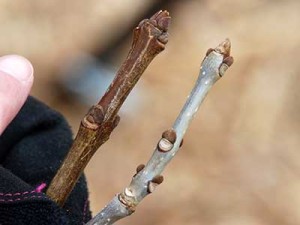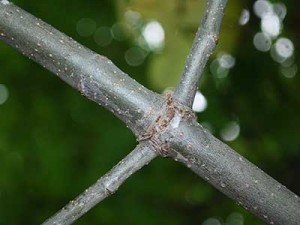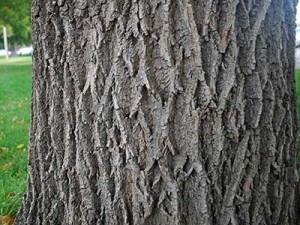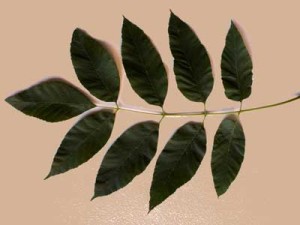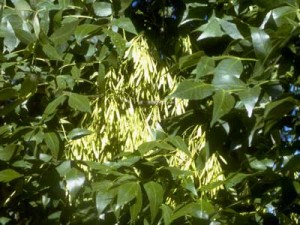What Is EAB?
An Aggressive, Destructive Pest

Emerald ash borer (EAB) is an insect native to Asia. It was introduced into North America sometime during the 1990s.
EAB attacks and kills all true native North American ash trees, including green, white, black and blue ash, and their cultivars, including “autumn purple ash,” a popular white ash variety in Colorado. Although rare in Colorado, white fringetree (Chionanthus virginicus) also has been documented as susceptible to EAB.
This pest kills stressed and healthy trees and is so aggressive that ash trees may die within two years after they become infested. It is possible for EAB to infest an ash tree for up to four years before visible signs of decline in the tree occur.
The half-inch long, dark green adult beetles are active from late May through July, as they feed on ash trees and lay eggs on the bark. After hatching, the resulting EAB larvae tunnel into the bark to feed in the phloem and outer sapwood layers of the tree, producing galleries that girdle and ultimately kill the tree within two to four years. These expanding S-shaped galleries can be viewed when the bark is removed.
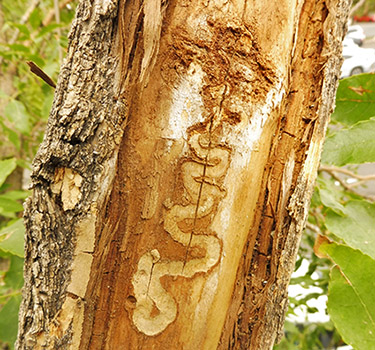
EAB adults typically fly up to a half-mile from where they emerge to infest new trees. Distribution of the pest over much longer distances is possible due to people transporting ash firewood, logs, nursery stock or other wood.
A Threat to Colorado’s Urban & Community Trees
EAB now poses a serious threat to Colorado’s urban and community forests, where ash trees comprise an estimated 15 percent or more of all trees. The Metro Denver area alone has approximately 1.45 million ash trees, which provide an estimated $82 million annually in services including stormwater mitigation, energy savings and increased property values.
For communities on Colorado’s Front Range and northeast plains, it’s only a matter of time before this pest will arrive. And without ongoing treatment, any infested tree will die.
Everyone in Colorado can help fight this pest by not transporting hardwood firewood, because human-assisted spread is the only way it can move over long distances.
We’re only one piece of wood away from this showing up somewhere new.
~Dan West, CSFS Entomologist


